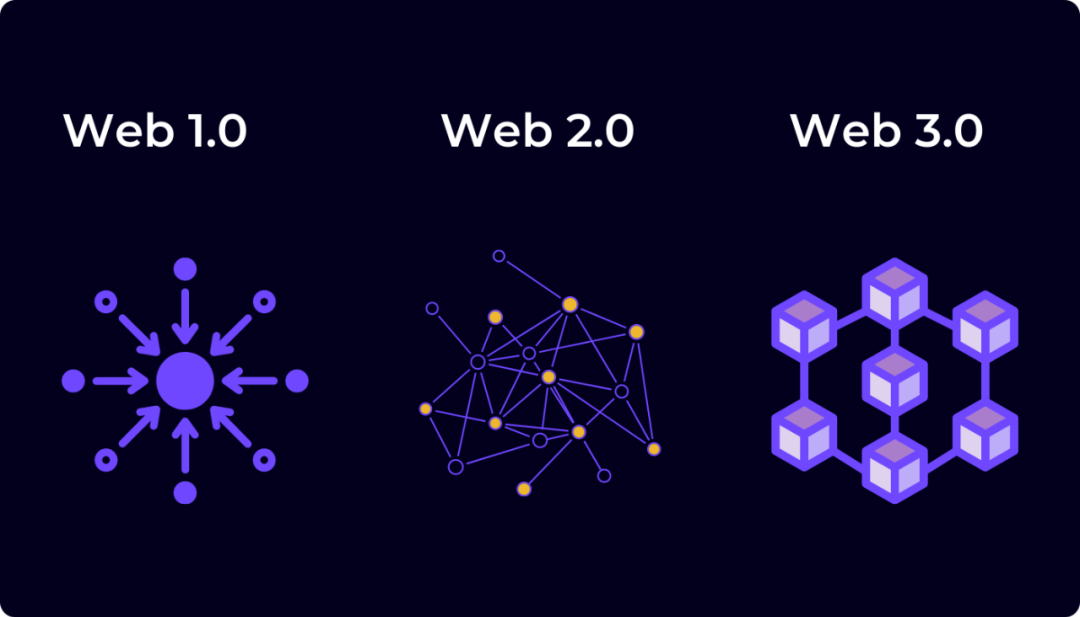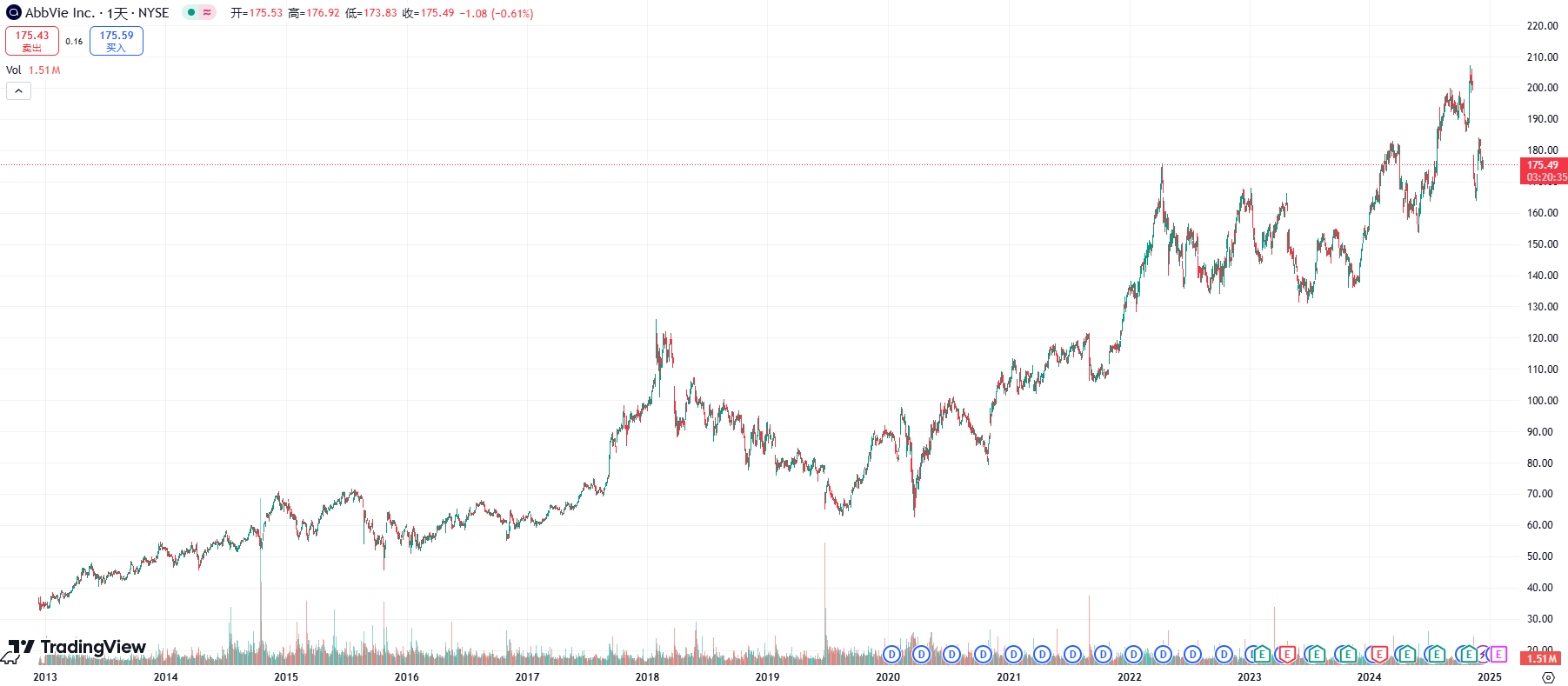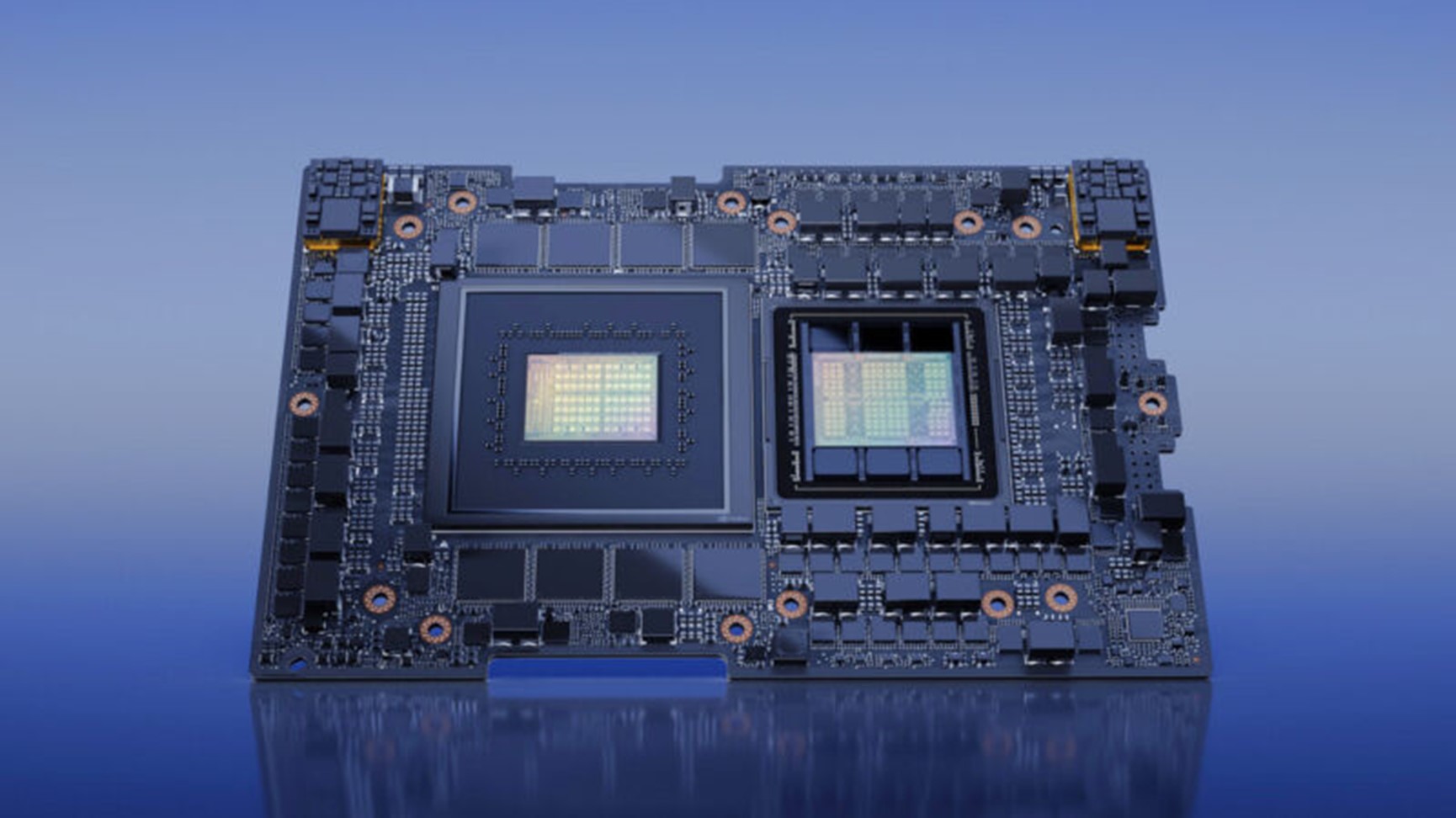热门话题Web3.0 这个词越来越流行,那么 Web3.0 到底是个什么,它是机遇还是泡沫,我们该如何投资,我们也来聊聊 Web3.0。

Web3.0 这个概念是由以太坊的前技术总监所提出的,他的畅想是通过区块链让互联网回归到一个不再依赖中心机构就能让大家互相信任的网络。这也是目前很多人所说的 Web 3.0 的核心:去中心化。那 Web3.0 与我们现在的 Web2.0 具体有什么不同呢,要回答这个问题,我们就需要先了解 Web1.0 和 Web2.0 的是什么。我们先穿越回 1992 年,美国伊利诺伊大学的学生和研究员研究 Mosaic 浏览器,一年后,这款浏览器被全球使用。同年,也就是 1993 年,欧洲核子研究中心把蒂姆伯纳斯李发明的万维网软件发布到公域。这也就开启了 Web1.0 的时代,一个只读网络的时代。在 Web1.0 的时代中,用户只能阅读网站所提供的内容,但不能互动,无法评论。这个时代的互联网很单一,但是也诞生了一些像早期雅虎,搜狐等知名的门户网站。Web1.0 时代中的硬件技术也比较落后,Wi-Fi 是在 1997 年被发明出来,那时上网我们要用 “Modem” ,存储要用软盘,手机仍有按键。2005 年,Web2.0 渐渐发生,我们逐渐向一个可读写的网络过渡。同时,IPHONE 在 15 年出现,5G 也在逐渐普及,存储方式从大硬盘,变成小硬盘再到云。但是,我们原先所畅享的民主的,自由的网络并没有实现。取而代之的是不断发生的隐私安全,数据泄露等诸多网络完全问题。科技巨头们掌握着我们的私人数据,并将其出售牟利,而网络使用者在这样的环境中变成了商品。这也就引出了 Web3.0 这个概念,去中心化,构建一个可读可写可拥有的网络新时代,让网络使用者重新掌握自己的数据。但是,这里必须要说明的是Web3.0目前仍是一个概念并没有一个统一的定义,而如何实现Web3.0和Web3.0将以何种方式呈现都还没有确定。

我们通过几个 Web3.0 的例子,来更深入地了解一下 Web3.0 的诸多可能性。首先在内容创作方面,在 Web2.0 中假设我想上传一支影片到 YouTube,我必须同意YouTube 的协议。这个协议就给了 YouTube 使用,复制,分发,再创作,创作衍生品等一系列的许可,即便我把 “我的” 影片删除了,YouTube 依然可以保存副本。这种情况下,这个作品的所有权属于谁的问题就变得扑朔迷离。而所有权问题就会引申出利益分配问题。当我同意了 YouTube 的协议,并且成功成为了 YouTube 的合作伙伴后,YouTube 会根据影片内容投放广告。而因此获得的广告收入,我作为内容创作者只可以分得 55%,YouTube 作为平台方则可获得 45%,这看起来并不十分公平。那么在 Web3.0 时代,内容创作者所面临的情况将变得完全不同。目前有一个很好的例子,Mirror.xyz,一个作家发布平台。现在,我想写一个短篇小说,我可以先把这个想法公布在 Mirror 上进行众筹,喜欢我想法的朋友们可以通过加密货币进行支持,同时他们也可以获得一个代币 “Token” 。这个代币代表着社区成员资格,资金筹措到位后,具体如何使用资金可以通过社区投票决定,而 Token 则代表着投票权。作品创作出来后可以以 NFT 的形式(数字藏品)发布,读者收藏需要支付加密货币,而所获得的利润可以按 Token 为基础按比例分配。而我可以选择将作品发表到区块链上,每一篇作品都会有一个唯一地址。这样 Web3. 0 将信息流和价值流互相结合就解决了在 Web2. 0 中的确权问题和利益分配问题。同时,Web3.0 通过 Token 所建立的社区也实现了真实的 P2P,和一个去中心化的自治组织。

除了这内容创作方面,很多人也看到了游戏产业在 Web3.0 中的无限可能,就如现在很火的 GameFi。现在比较火爆的一款 GameFi 游戏是 Axie Infinity,它的核心理念是 Play-to-Earn。玩家通过小宠物 Axie 进行卡牌对战,获得 SLP,一种价值较低的代币,可以兑换成法币。同时,每个赛季排名较高的玩家还可以获得 AXS,一种价值较高的代币。这种双通证的形式使得普通玩家和高端玩家都有参与度。同时,每个小宠物都是一个 NFT,也可以进行交易。目前,已经出现了一部分专职玩家将游戏视为他们收入的主要来源。Axie Infinity 的成功和游戏产业巨大的市场吸引了很多公司的加入。比如魔灵召唤的开放商 COM2US 已经进行改组准备全力进军区块链游戏。免责声明:GO Markets分析师或外部发言人提供的信息基于其独立分析或个人经验。所表达的观点或交易风格仅代表其个人;并不代表GO Markets的观点或立场。联系方式:墨尔本 03 8658 0603悉尼 02 9188 0418中国地区(中文) 400 120 8537中国地区(英文) +248 4 671 903作者:Jaden Wang | GO Markets 助理分析师




.jpg)











.jpg)
.jpg)





